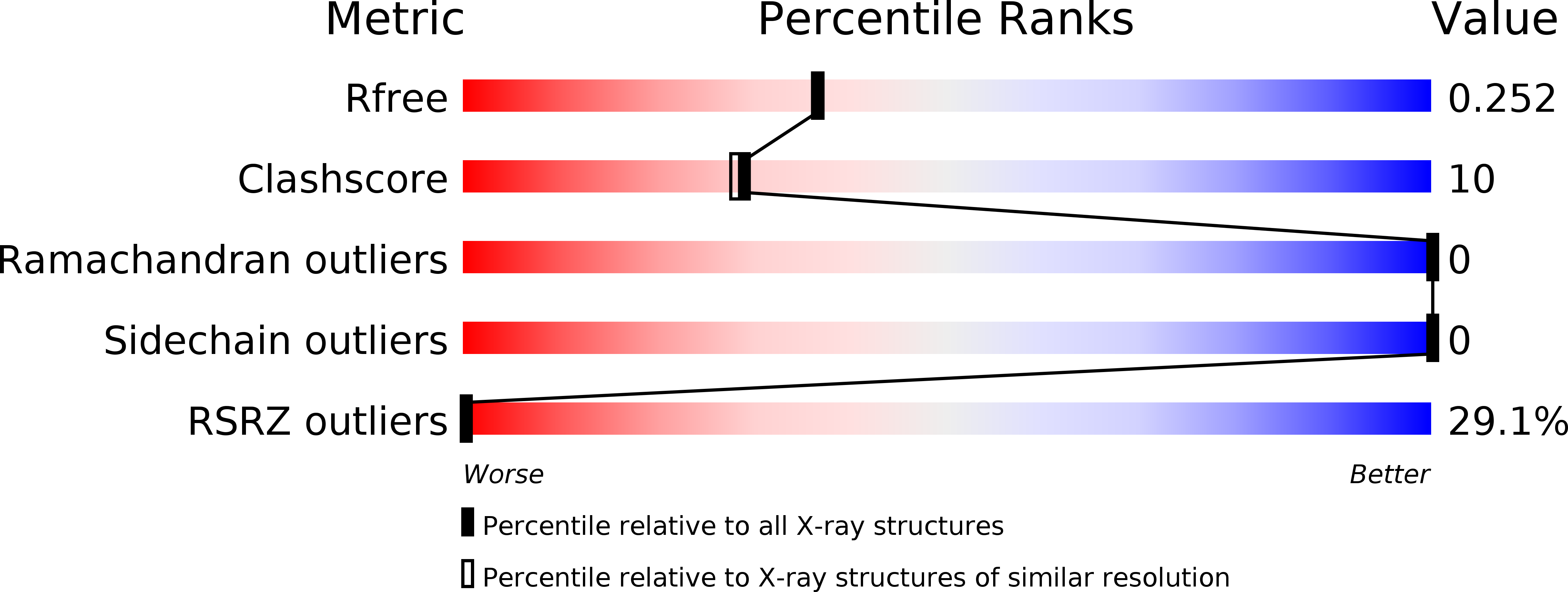
Deposition Date
2015-03-10
Release Date
2015-12-02
Last Version Date
2023-11-08
Entry Detail
PDB ID:
4YNL
Keywords:
Title:
Crystal structure of the hood domain of Anabaena HetR in complex with the hexapeptide ERGSGR derived from PatS
Biological Source:
Source Organism:
Nostoc sp. PCC 7120 (Taxon ID: 103690)
Host Organism:
Method Details:
Experimental Method:
Resolution:
2.10 Å
R-Value Free:
0.25
R-Value Work:
0.21
R-Value Observed:
0.21
Space Group:
C 1 2 1


